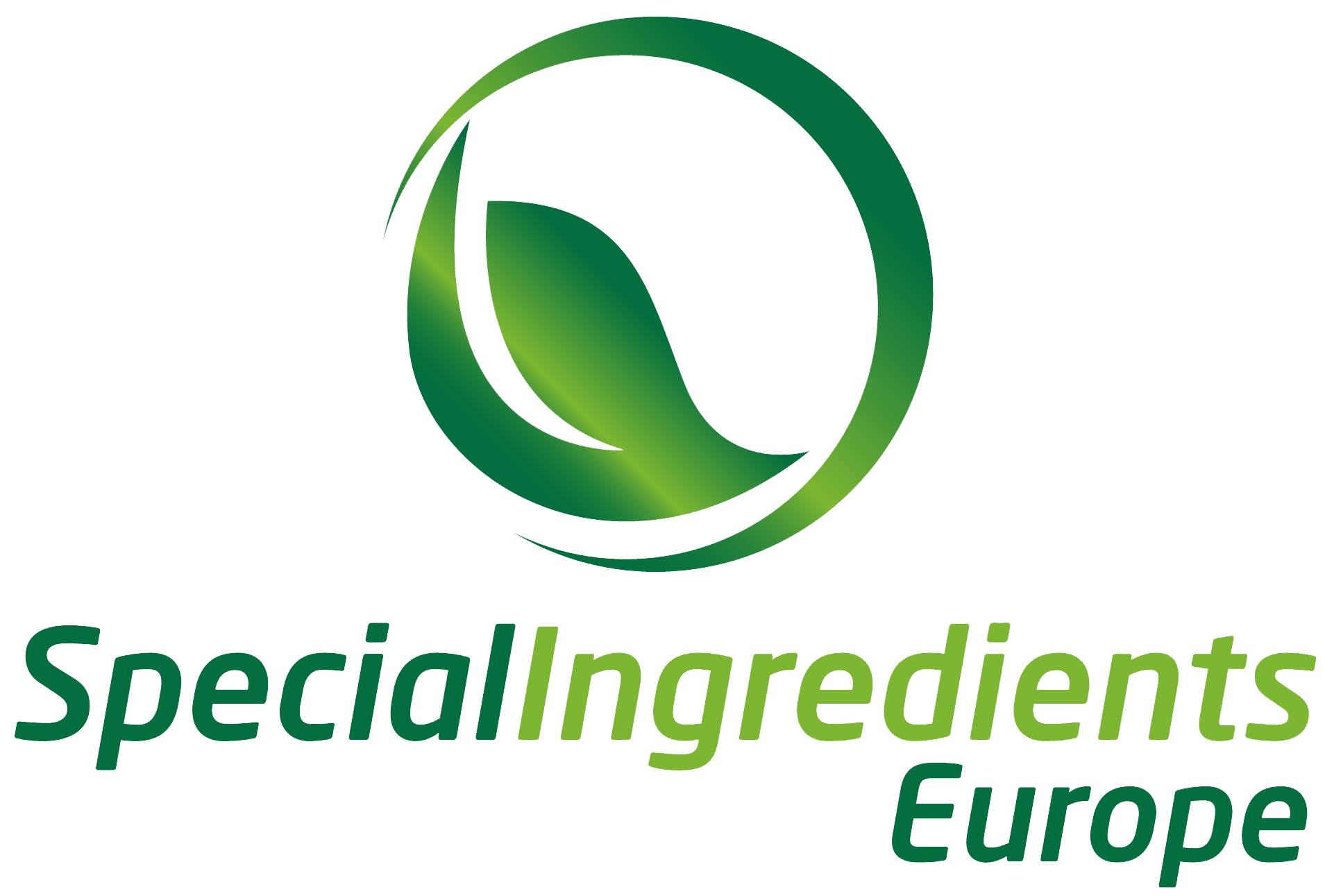Sodium alginate is a versatile ingredient often used in modern gastronomy and molecular cuisine. This natural substance, derived from brown seaweed, offers unique properties that allow chefs and food enthusiasts to explore new culinary techniques and textures. In this comprehensive guide, we will provide practical information on using sodium alginate, including measurements and ratios for different applications, to help you achieve culinary success.
What is Sodium Alginate?
Sodium alginate is a natural ingredient extracted from brown seaweed. It is widely used in modern gastronomy, particularly molecular gastronomy, due to its ability to form gels when combined with calcium lactate. This property makes it ideal for creating spheres, foams, and other innovative textures in the culinary world.
How to Use Sodium Alginate in Your Kitchen:
- Measure Accurately: For the best results, it’s crucial to measure your sodium alginate and calcium solution precisely. Use a digital scale for accurate measurements. Typically, a ratio of 0.5% to 1% sodium alginate to the total weight of your liquid is recommended.
- Hydrate Properly: Dissolve the sodium alginate in water or your chosen liquid. Use a blender or an immersion blender to ensure a smooth, lump-free mixture. Allow it to rest for a few hours or overnight to remove any air bubbles.
- Create Gels: Combine the sodium alginate solution with a calcium-rich liquid (like a calcium lactate or calcium chloride solution) to create gels. The calcium solution should have a concentration of 0.5% to 1%. Carefully drop the sodium alginate mixture into the calcium solution using a syringe, pipette, or spoon. The gel will form instantly.
- Rinse and Store: After forming your gels, rinse them gently with water to remove excess calcium. Store them in a water bath until you are ready to use them in your dish.
- Experiment with Flavors: Sodium alginate is a versatile ingredient that can carry various flavors. Feel free to experiment with different liquids, such as fruit juices, broths, or sauces, to create unique taste experiences.
- Make Foams: Sodium alginate can also be used to create stable foams. Simply mix it with the liquid you wish to foam, using a ratio of 0.25% to 0.5% sodium alginate to the total weight of your liquid, and use a hand blender or an immersion blender to create the foam.

Spherification
Spherification is a popular culinary technique that involves the use of sodium alginate and calcium lactate to create spheres with a liquid core and a delicate gel-like membrane. This technique allows chefs to create visually stunning and unique presentations, as well as interesting textural contrasts in dishes.
To perform spherification, prepare a sodium alginate solution by dissolving 0.5% to 1% sodium alginate in your desired liquid, and a calcium lactate solution at a concentration of 2% to 4%. Gently drop small amounts of the sodium alginate mixture into the calcium lactate solution, allowing the spheres to form as the alginate reacts with the calcium ions. The spheres can then be carefully removed and rinsed before serving.
Reverse Spherification
Reverse spherification is an alternative technique that provides a more stable and long-lasting result compared to traditional spherification. In this method, the calcium is mixed into the flavored liquid, and the sodium alginate solution serves as the gelling bath. Prepare a calcium lactate solution by dissolving 2% to 4% calcium lactate in your chosen liquid, and a sodium alginate bath with a concentration of 0.5% to 1%.
Gently drop small amounts of the calcium lactate mixture into the sodium alginate bath, and watch as the spheres form with a thin gel-like membrane encapsulating the liquid core. Allow the spheres to rest in the sodium alginate bath for a few minutes to ensure proper gelling before removing, rinsing, and serving. Reverse spherification is particularly useful for liquids that have a high calcium content or are acidic, as these can be challenging to work with in traditional spherification.

Conclusion
Sodium alginate offers a wide range of possibilities for culinary innovation, allowing chefs and food enthusiasts to experiment with new techniques and textures. With the practical tips, measurements, and ratios provided in this guide, you can confidently use sodium alginate in your kitchen and create impressive dishes that showcase your creativity. Remember, practice makes perfect, and don’t be afraid to try new things.
Happy Cooking!


